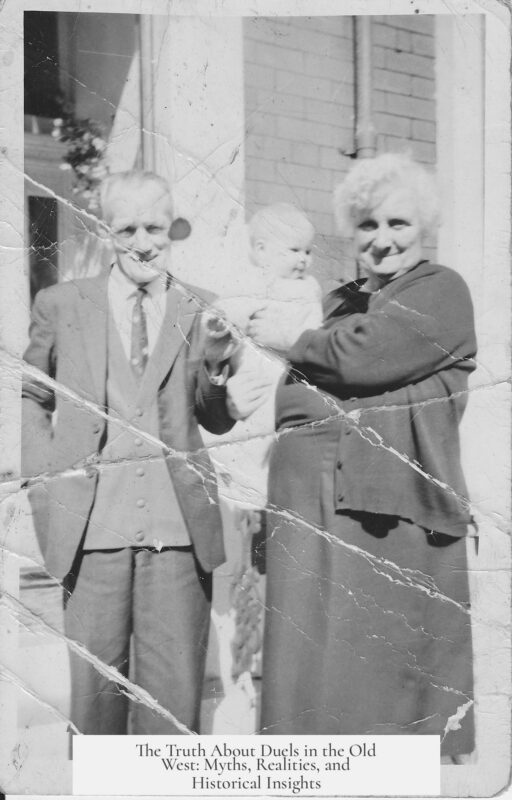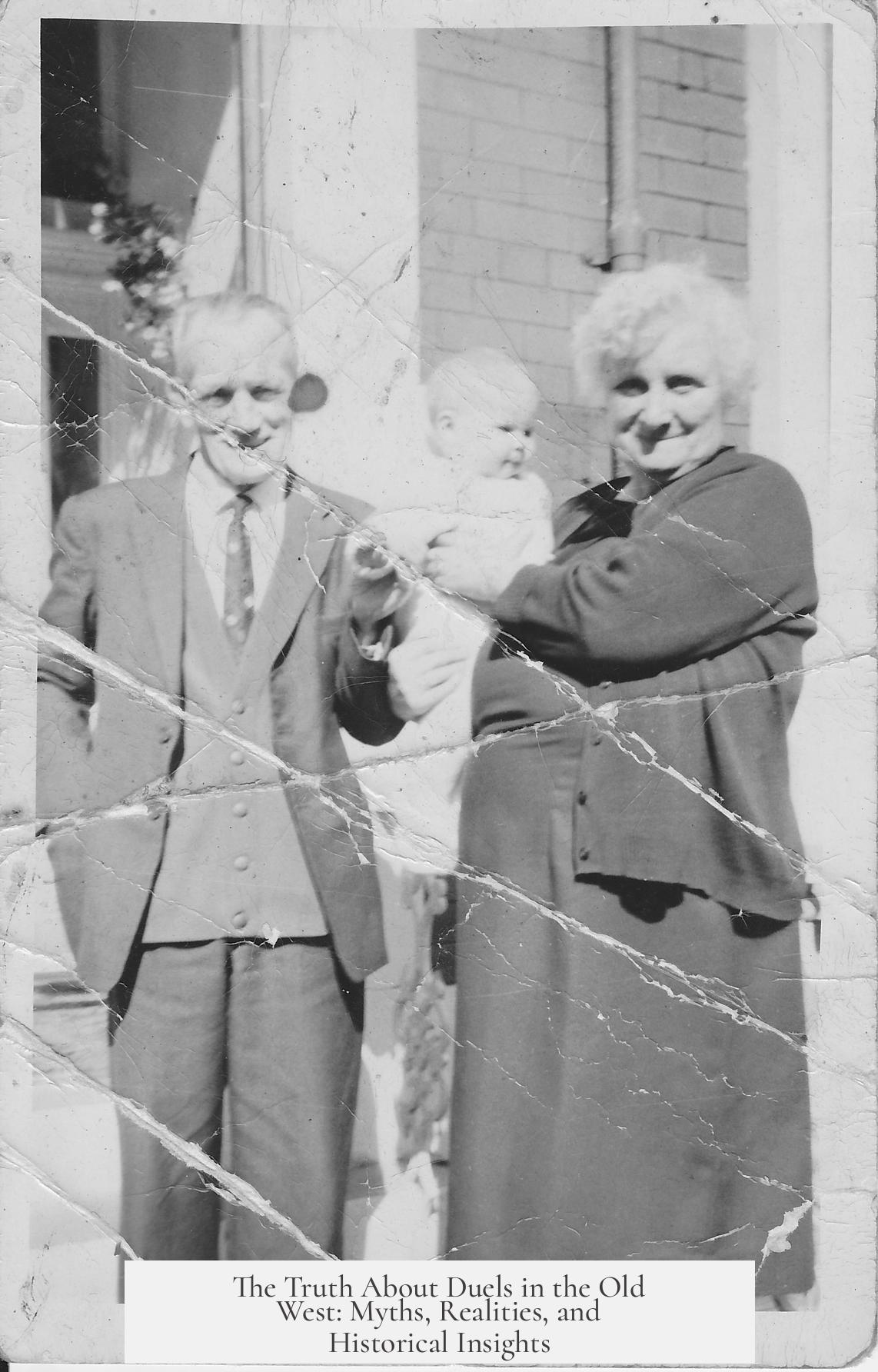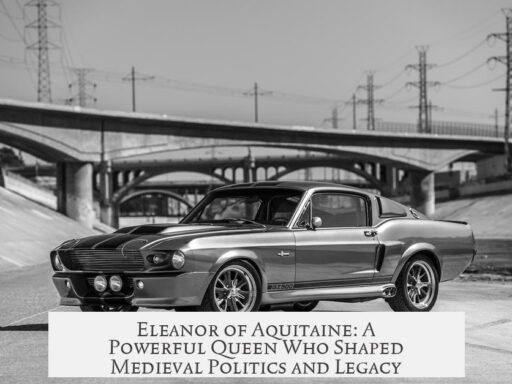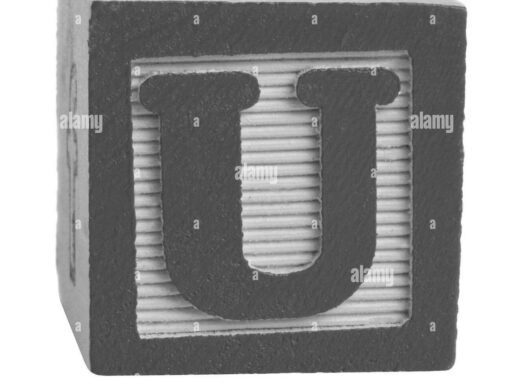Duels in the American West were extremely rare compared to the common perception shaped by popular culture and dime novels. Contrary to tales of frequent, dramatic face-to-face gunfights, historical records show only two confirmed instances of such “turn and shoot” duels occurring in the Old West. This sharply contrasts the more formal and regular practice of dueling in Europe.
European duels followed strict codes and procedures. These included the appointment of seconds to negotiate terms and bear witness, formal notifications issued days ahead, and a social framework that granted prestige to participants. Dueling served as a way for aristocrats to defend their honor while often protecting participants legally from murder charges.
However, by the nineteenth century, dueling in Europe was increasingly illegal and socially frowned upon. Courts sometimes prosecuted duel participants, and the practice was viewed by many as outdated and reckless. Although some European aristocrats still upheld the tradition in secret, they often had to keep duels hidden or temporarily relocate to avoid legal and social consequences.
In contrast, the American West lacked such formal structures around dueling. Gunfights, where they happened, rarely resembled the ceremonial European duels. Instead, disputes more commonly resulted in spontaneous or strategic violence without the formalities or protections typical of European dueling culture.
- Only two confirmed turn-and-shoot duels are known in the Old West.
- European dueling was highly codified with strict social rules and legal considerations.
- By the 1800s, dueling was declining and frequently illegal in Europe.
- American West gunfights lacked formal dueling protocols and were less common than myths suggest.
How Common Were Duels in the Old West? The Truth Behind the Legend
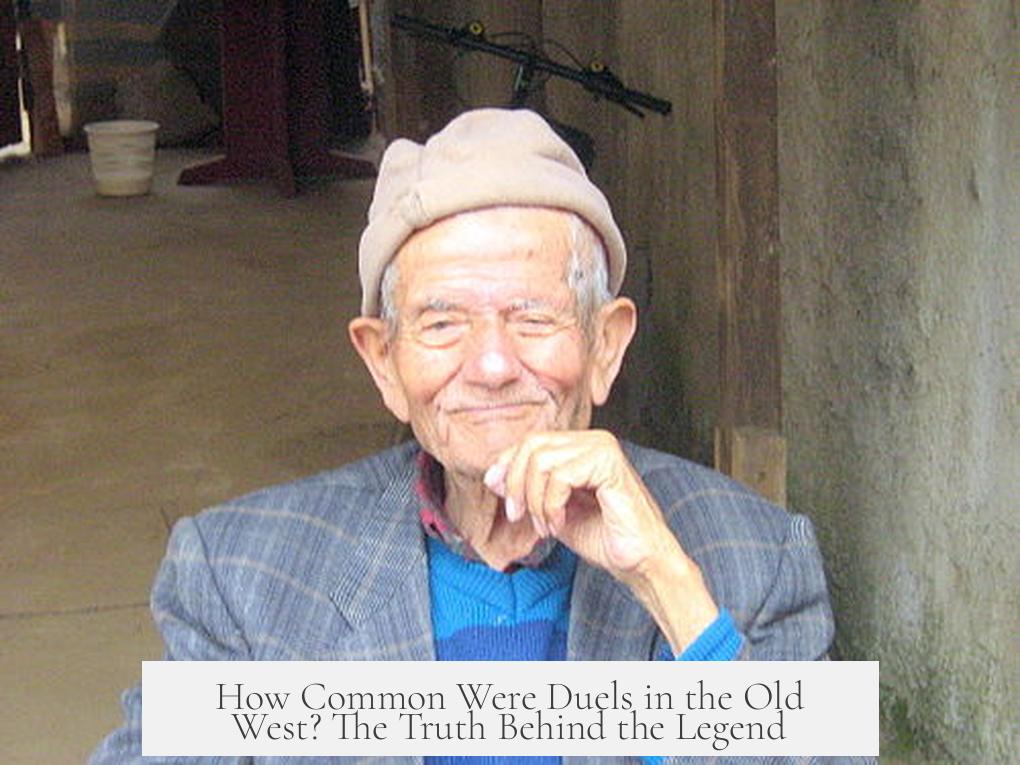
Are Old West duels the cinematic showdown we imagine? Not quite. The reality of dueling in the American West differs sharply from how movies and dime novels portray it, especially compared to European traditions. Believe it or not, face-to-face duels in the Old West were extremely rare.
Let’s unravel this misconception by diving into the actual history of dueling—both in the Old West and in Europe.
The Hollywood Myth vs. Historical Reality
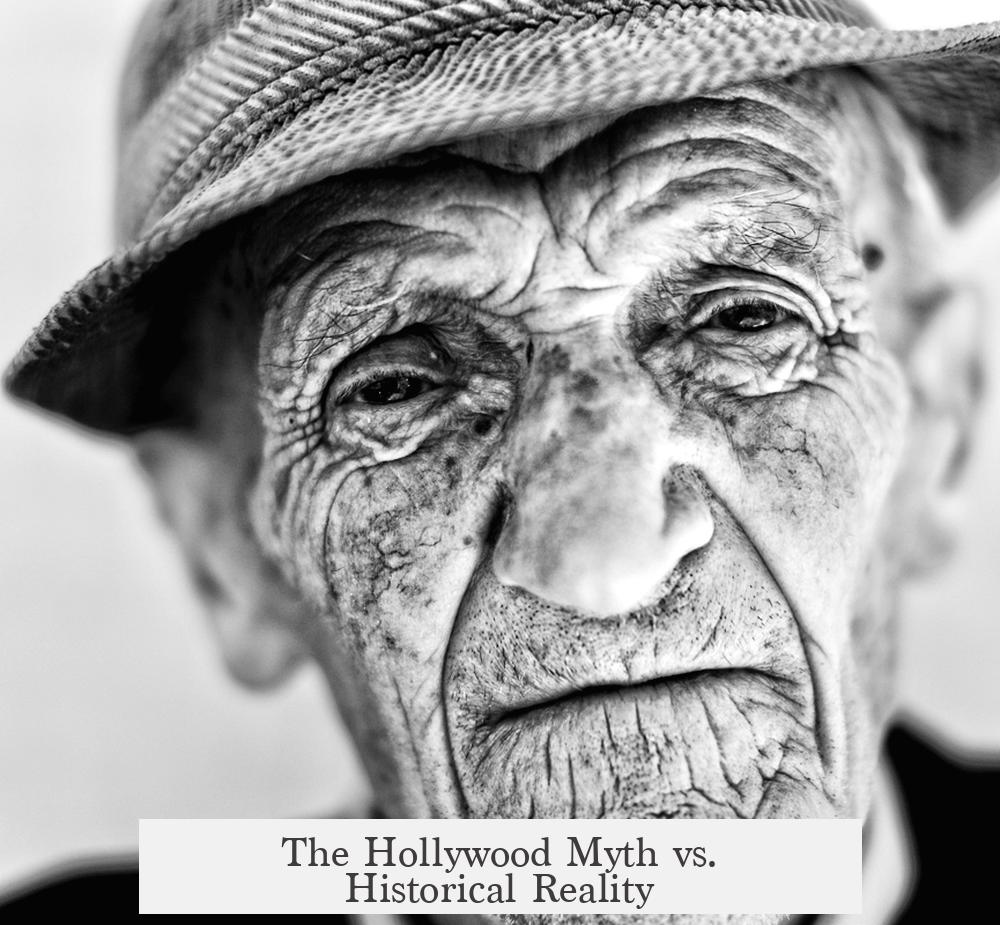
Anyone who’s seen a Western knows the iconic “shootout at high noon” scene—two opponents standing a few paces apart, dramatically turning and drawing pistols to settle a grudge. Sounds thrilling, right? But check this: in the entire recorded history of the Old West, there were only two documented cases of such clean, face-to-face “turn and shoot” duels.
That’s right—just two. Though gunfights were fairly common, the classic duel was more a Hollywood invention than a historic fact. Most real gunfights were chaotic, often involving ambushes or multiple participants. They rarely followed the “formal duel” style where participants paused, exchanged formalities, and then fired in turn.
What Made European Dueling So Different?
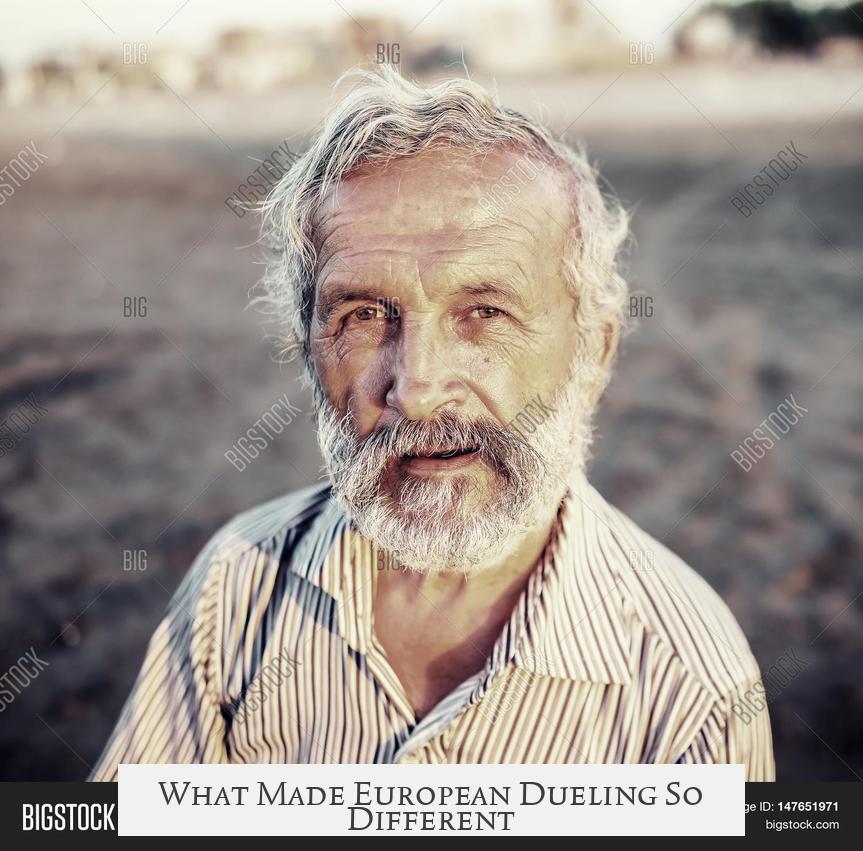
European dueling evolved as a highly ritualized affair. It involved rules, seconds (trusted aides who coordinated the logistics), and carefully observed protocols. If you challenged someone to a duel, you gave them days of advance notice. The seconds ensured fairness, recorded the events, and stood witness. Social position mattered greatly, giving duelists certain protections if a death occurred.
In fact, dueling in Europe was often linked to preserving honor and social prestige. The practice was taken seriously because aristocrats’ reputations were on the line. Moreover, the rules were created to avoid outright murder charges—as much as they could.
Yet, even with these rules, European legal authorities didn’t always let duelists off the hook. People were tried and sometimes convicted for killings in duels during the 19th century. This reflects how society started viewing dueling as less honorable and more of a legal liability.
Why Such a Stark Contrast?

Old West society was frontier-like, fast-moving, and often lawless, but it didn’t adopt the European duel’s strict honor codes. There was no formal system of seconds or official procedures coordinating personal gunfights. Instead, conflicts often escalated in more impulsive ways—barroom brawls, ambushes, and spontaneous gunfights that rarely involved the chivalry and preparation seen in Europe.
This might surprise some. You’d expect that a society obsessed with guns and reputations would adopt strict dueling, right? Actually, the Old West was less about etiquette and more about survival, opportunity, and quick action.
The Decline of Dueling in Europe—and Its Shadow on the West

Interestingly, European dueling itself was dying out by the late 19th century. By then, most aristocrats who still believed in dueling had to keep it secret. They often traveled to distant locations, or waited for public tensions to cool before staging a duel to avoid social and legal repercussions.
European society was increasingly seeing dueling as a foolish, vainglorious act. The practice was illegal in many regions. This perspective trickled down to places like the American West, where dueling was neither embraced nor romanticized in the same formal way. It had lost much of its prestige, if it ever really took hold there in the first place.
The Real “Gunfights” of the Old West
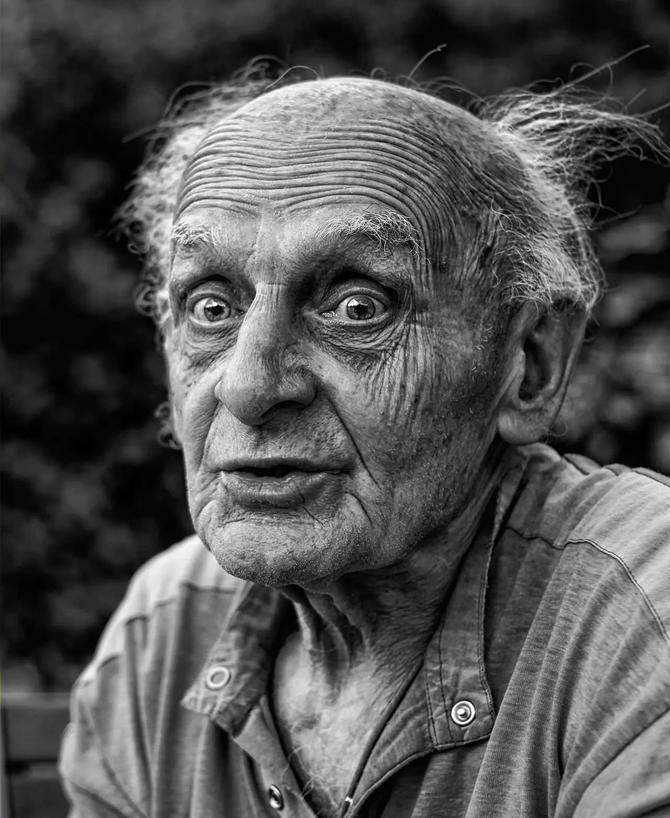
So if formal duels were rare, what really happened?
- Gunfights in the West were often spontaneous and deadly confrontations, not ritualized affairs.
- Many involved more than just two people and lacked the “honorable” procedures of European duels.
- These fights could be about land, money, grudges—or just plain bad tempers.
Take the famous gunfight at the O.K. Corral. Though it’s one of the most iconic shootouts, it wasn’t a formal duel. It was a messy, chaotic event with multiple participants, and it lasted mere seconds.
Lessons and Takeaways
So what’s the big picture? The “duel” as a cultural concept in the Old West was less about honor and formal rules, more about impulsive conflict resolution. The myth of the tense, gentlemanly showdown makes for great storytelling but fails when measured against the sparse historical record.
For anyone fascinated by Western tales, this means you can enjoy the drama, but remember: history was rarely so neat and tidy.
Practical Tip: How to Spot the “Real Deal” in Old West Stories
- If a story describes an old West duel as a dramatic, formal showdown, take it with a grain of salt.
- Look for mentions of seconds, protocols, or advance notice if comparing to European duels.
- Check if multiple witnesses documented the event—rare duels were well-recorded.
- Remember, most “gunfights” were messy, quick, and involved more chaos than honor.
Understanding these nuances adds depth and accuracy to your knowledge of the Old West legends and helps separate exciting myth from sober history.
Final Thoughts
So, how common were duels in the West? Not common at all. Despite the cinematic flair, duels—that is, formal, face-to-face pistol showdowns as seen in European tradition—were exceedingly rare with only two known examples in the Old West. Instead, gun violence tended to be spontaneous, brutal, and informal. This reality doesn’t make the stories any less fascinating, but it sure does spark a new appreciation for how myths grow faster than tumbleweeds in a prairie wind.
